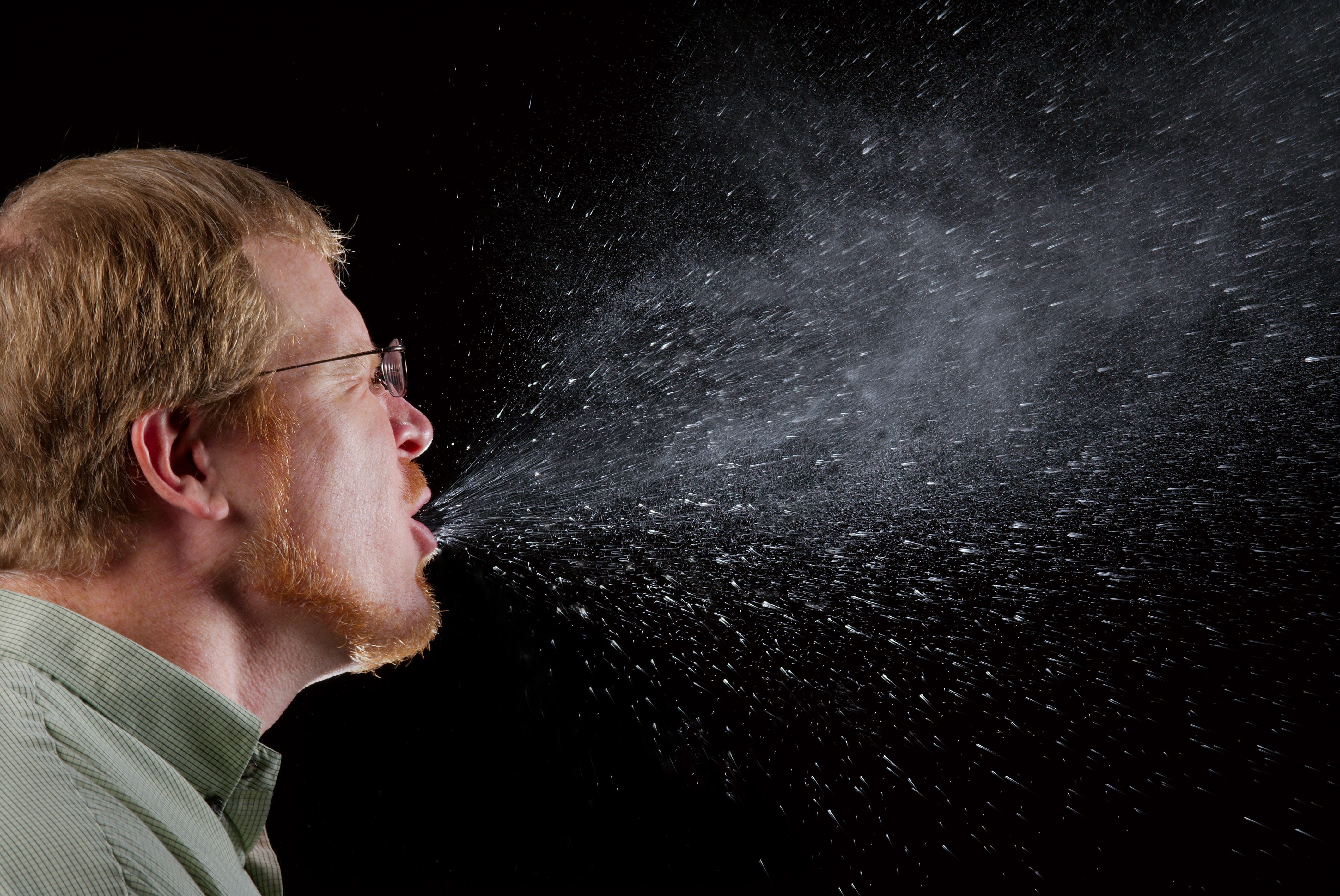UV Light that Could Wipe Out Airborne Flu Microbes
Airborne-mediated microbial diseases represent one of the major challenges to worldwide public health. A direct approach to prevent the transmission of airborne-mediated disease is inactivation of the corresponding airborne pathogens, and in fact the airborne antimicrobial efficacy of ultraviolet (UV) light has long been established.
“Unfortunately, conventional germicidal UV light is also a human health hazard and can lead to skin cancer and cataracts, which prevents its use in public spaces,
” said lead author Professor David Brenner, from the Center for Radiological Research at Columbia University Irving Medical Center. Several years ago, Professor Brenner and co-authors hypothesized that a narrow spectrum of ultraviolet light called far-UVC could kill microbes without damaging healthy tissue.Now, in the latest study, the team at Columbia University suggests that a special form of ultraviolet (UV) light may be able to “zap” flu germs right out of the air.
Quite a long while back, Brenner and his partners conjectured that a limited range of bright light called far-UVC could murder microorganisms without harming solid tissue. “Far-UVC light has an exceptionally restricted range and can’t infiltrate through the external dead-cell layer of human skin or the tear layer in the eye, so it’s not a human wellbeing risk. But since infections and microscopic organisms are substantially littler than human cells, far-UVC light can achieve their DNA and murder them,” said Brenner, who is additionally a teacher of ecological wellbeing sciences at Columbia’s Mailman School of Public Health.
In their prior investigations, Brenner’s group shown that far-UVC light was compelling at executing MRSA (methicillin-safe S. aureus) microbes, a typical reason for surgical injury diseases however not hurt human or mouse skin.
But recently, Brenner and his colleagues found that a narrow range of UVC light — far-UVC light, around 207 to 222 nm — could kill microorganisms without causing biological damage to exposed skin.
In the study, the team released aerosolized H1N1 virus (which is a strain of the flu) into a test chamber, where it was exposed to very low doses of the light. As a control, they also released H1N1 into the chamber without the light exposure.
They then applied low doses of far-UVC light, and found that the light efficiently inactivated more than 95 percent of the flu virus particles — about the same effectiveness as a conventional germicidal UVC lamp. When the researchers exposed skin cells to the airborne flu viruses that were treated with far-UVC light, the viruses were not able to infect the skin cells.

“If our results are confirmed in other settings, it follows that the use of overhead low-level far-UVC light in public locations would be a safe and efficient method for limiting the transmission and spread of airborne-mediated microbial diseases, such as influenza and tuberculosis,” said Brenner.
































